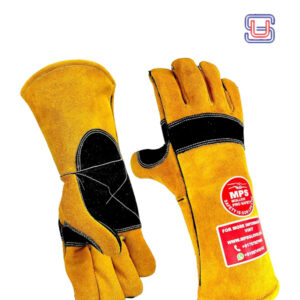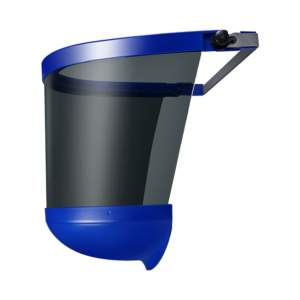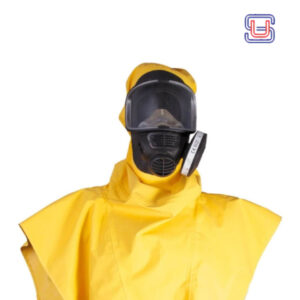American safety products play a crucial role in ensuring the well-being of workers, consumers, and the environment across various industries. These products are designed to comply with stringent safety standards set by organizations such as OSHA (Occupational Safety and Health Administration), EPA (Environmental Protection Agency), and ANSI (American National Standards Institute). The range of safety products includes personal protective equipment (PPE) like gloves, goggles, and respirators, which are essential for protecting individuals from chemical exposures and physical hazards. Additionally, safety products encompass environmental protection tools, such as spill containment kits and air quality monitors, which help mitigate environmental risks. Adherence to these safety standards and the use of certified safety products ensure that workplaces are safer and that products available to consumers meet rigorous safety criteria, thereby preventing injuries, health hazards, and environmental damage.

Here are some key facts about American safety products:
Regulatory Compliance: American safety products must comply with strict regulations and standards set by organizations such as OSHA, EPA, and ANSI. These regulations ensure that products meet high safety and quality benchmarks.
Personal Protective Equipment (PPE): PPE, including gloves, goggles, respirators, helmets, and protective clothing, is essential for protecting workers from various hazards. These products are designed to prevent injuries and reduce exposure to harmful substances.
Environmental Protection: Safety products also include items designed to protect the environment, such as spill containment kits, air and water quality monitors, and waste management systems. These tools help prevent environmental contamination and promote sustainable practices.
Testing and Certification: Many safety products undergo rigorous testing and certification processes by independent organizations such as Underwriters Laboratories (UL) and ASTM International. Certification indicates that a product has been evaluated for safety and performance.
Innovation and Technology: The safety products industry is continually innovating, incorporating advanced materials and technology to enhance protection and user comfort. Examples include ergonomic designs, lightweight materials, and smart PPE with integrated sensors.
Industry-Specific Solutions: Safety products are tailored to meet the specific needs of various industries, such as construction, healthcare, manufacturing, and chemical processing. This ensures that workers in different environments have the appropriate protection for their specific risks.
Education and Training: Effective use of safety products is supported by comprehensive education and training programs. These programs ensure that workers understand how to properly use and maintain their safety equipment.
Market Demand: There is a growing demand for safety products in the U.S. due to increased awareness of workplace safety, stricter regulatory requirements, and a focus on reducing occupational injuries and illnesses.
Economic Impact: The safety products industry contributes significantly to the U.S. economy, providing jobs and driving innovation in manufacturing and technology sectors.
Global Influence: American safety standards and products often set the benchmark globally, influencing safety practices and product designs in other countries. This extends the impact of American safety innovations beyond domestic borders.
These key facts highlight the critical role of American safety products in promoting health, safety, and environmental protection across various sectors.




